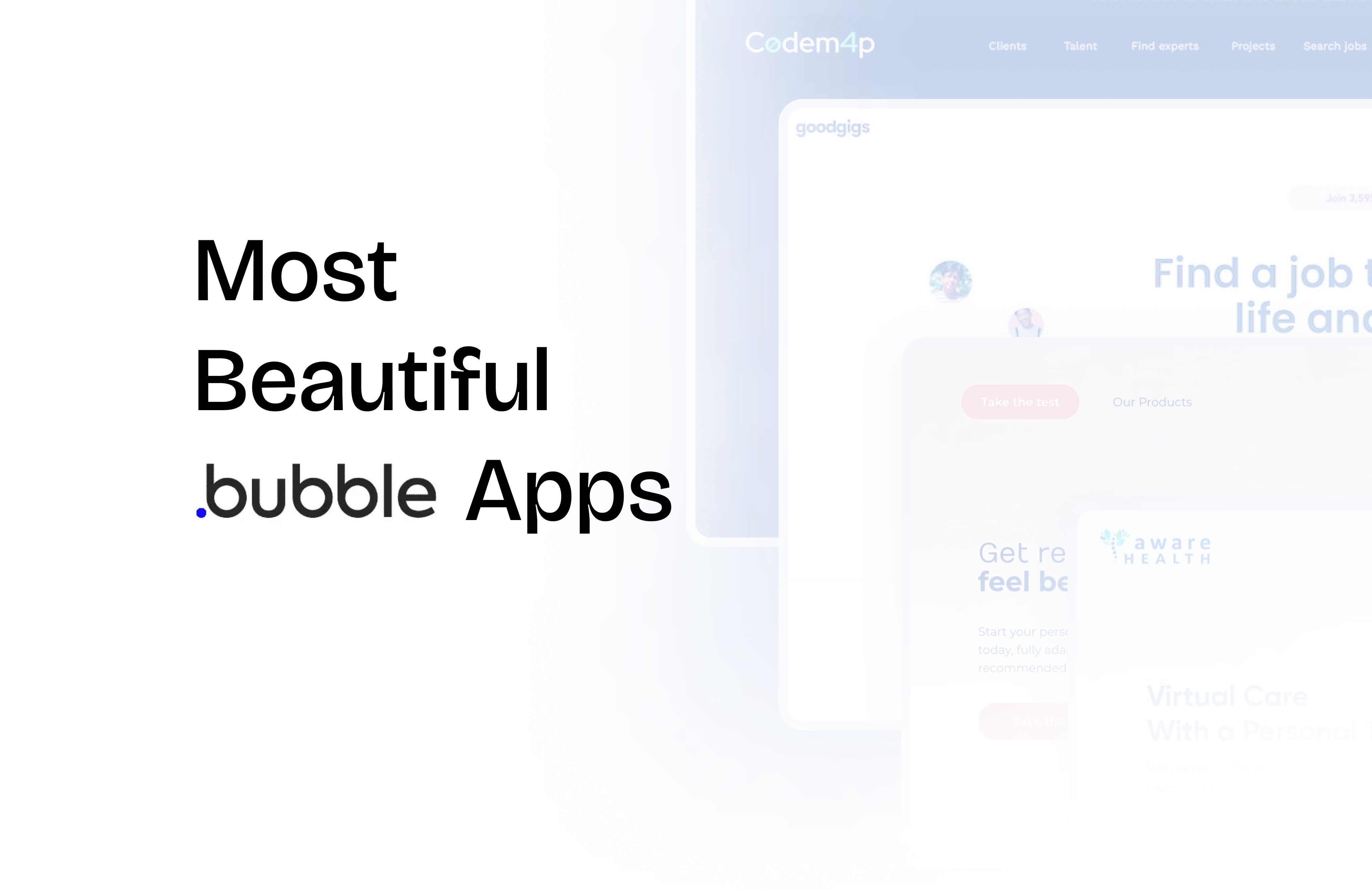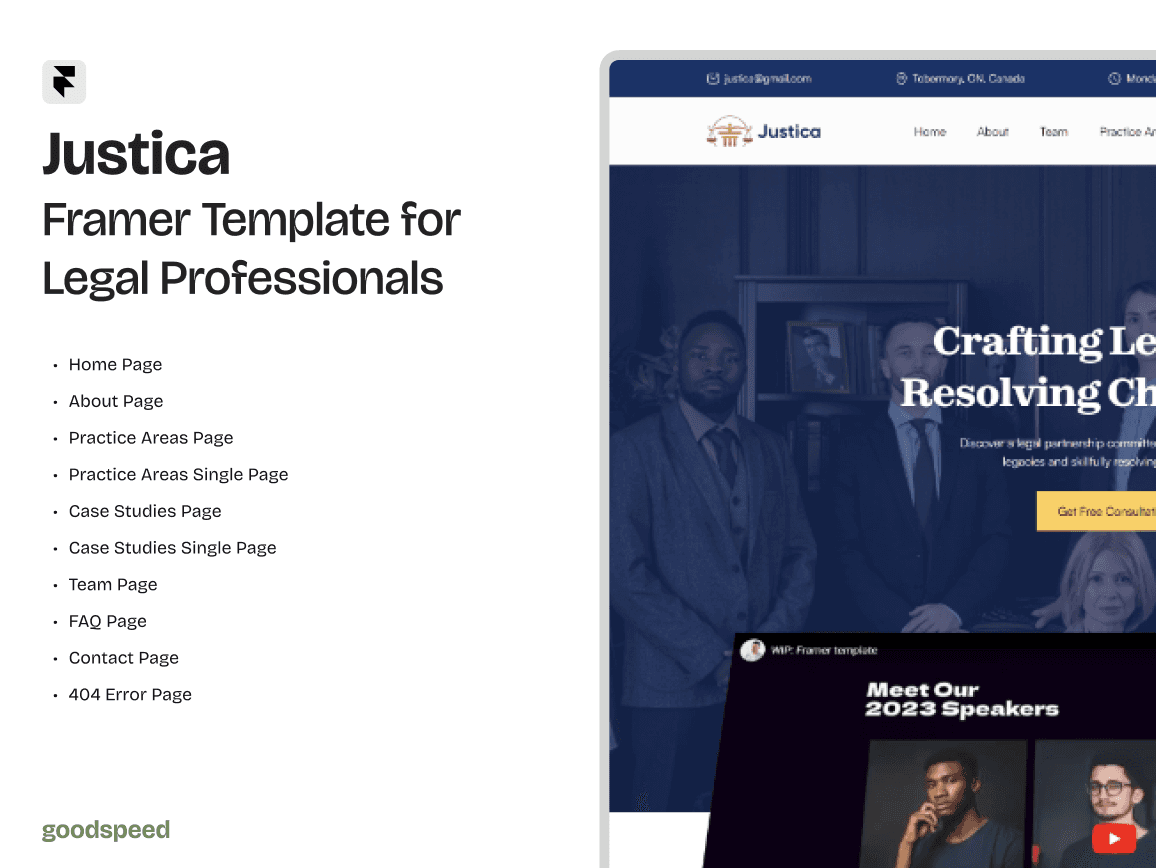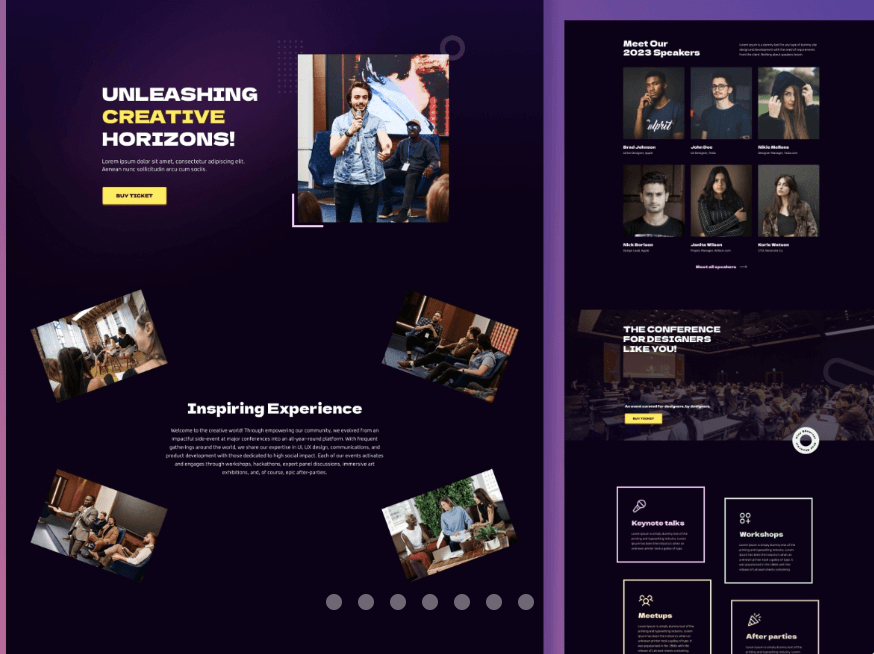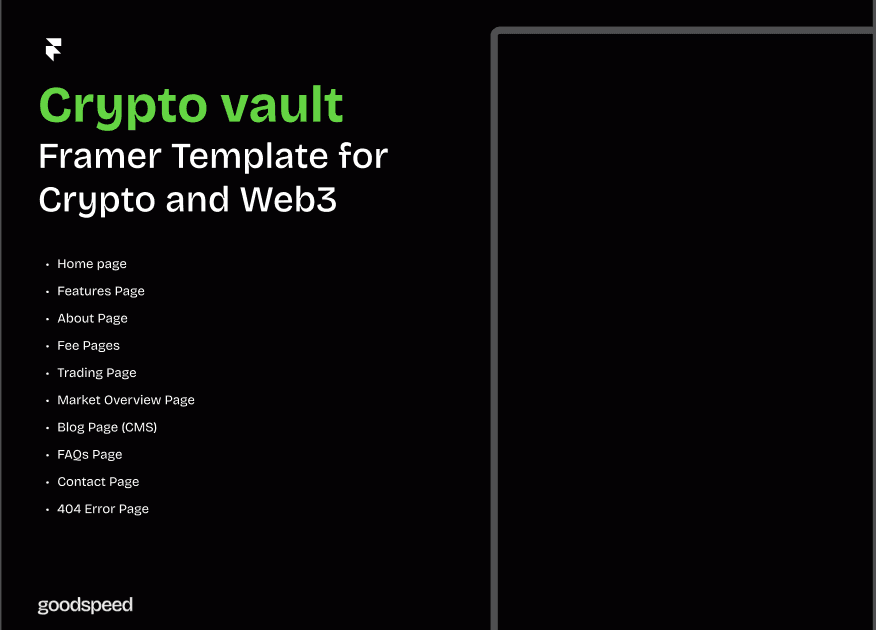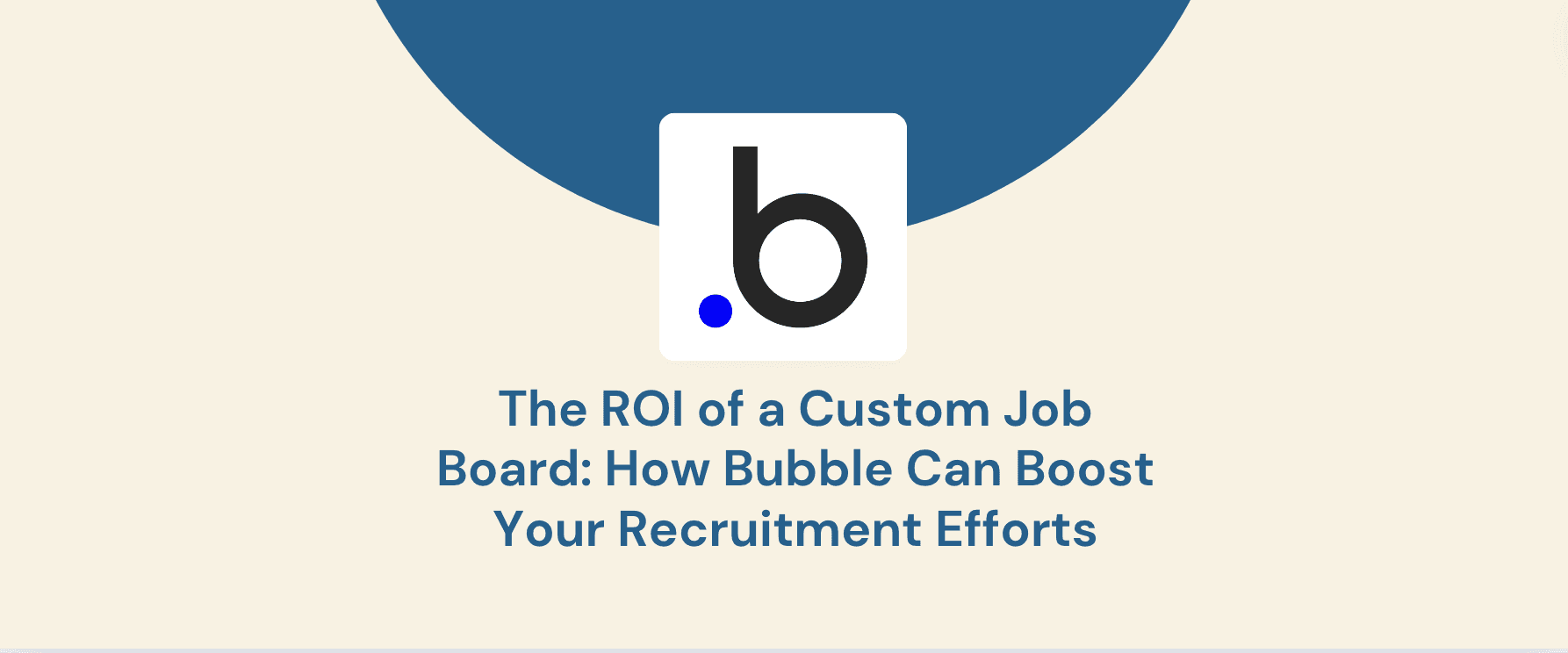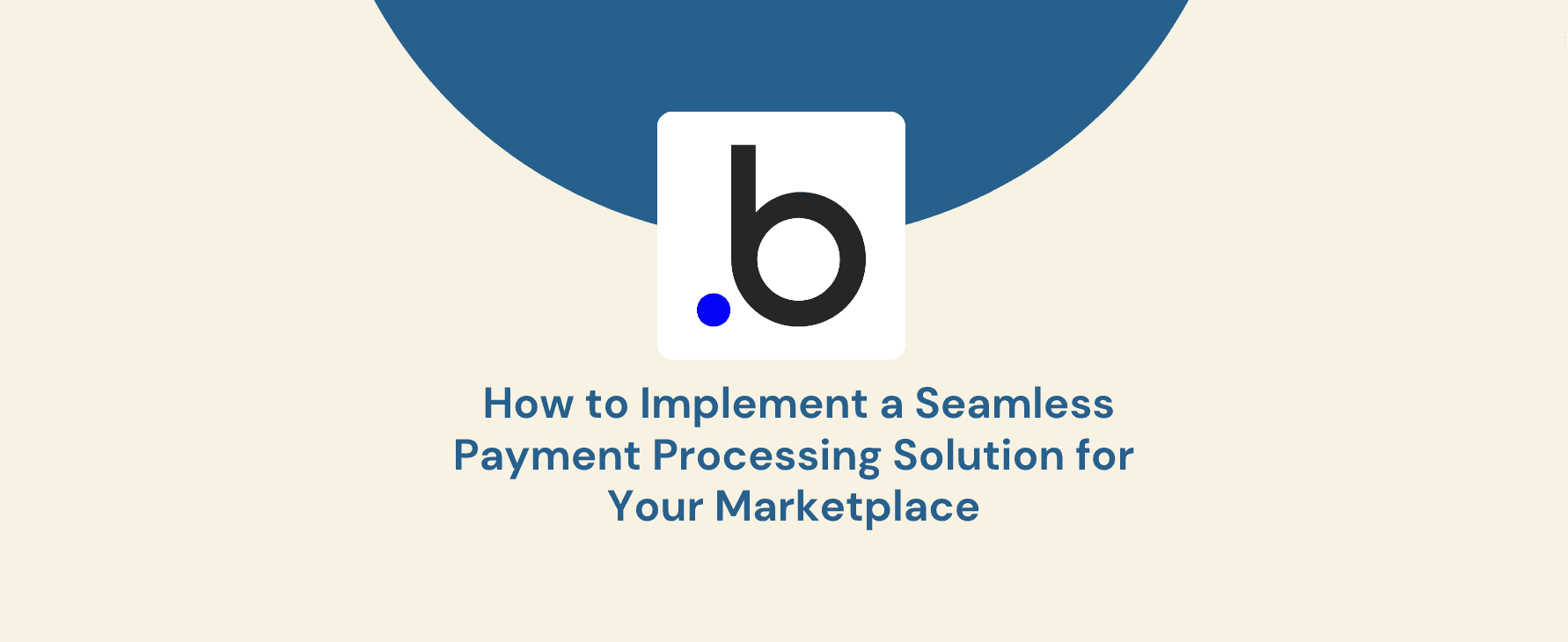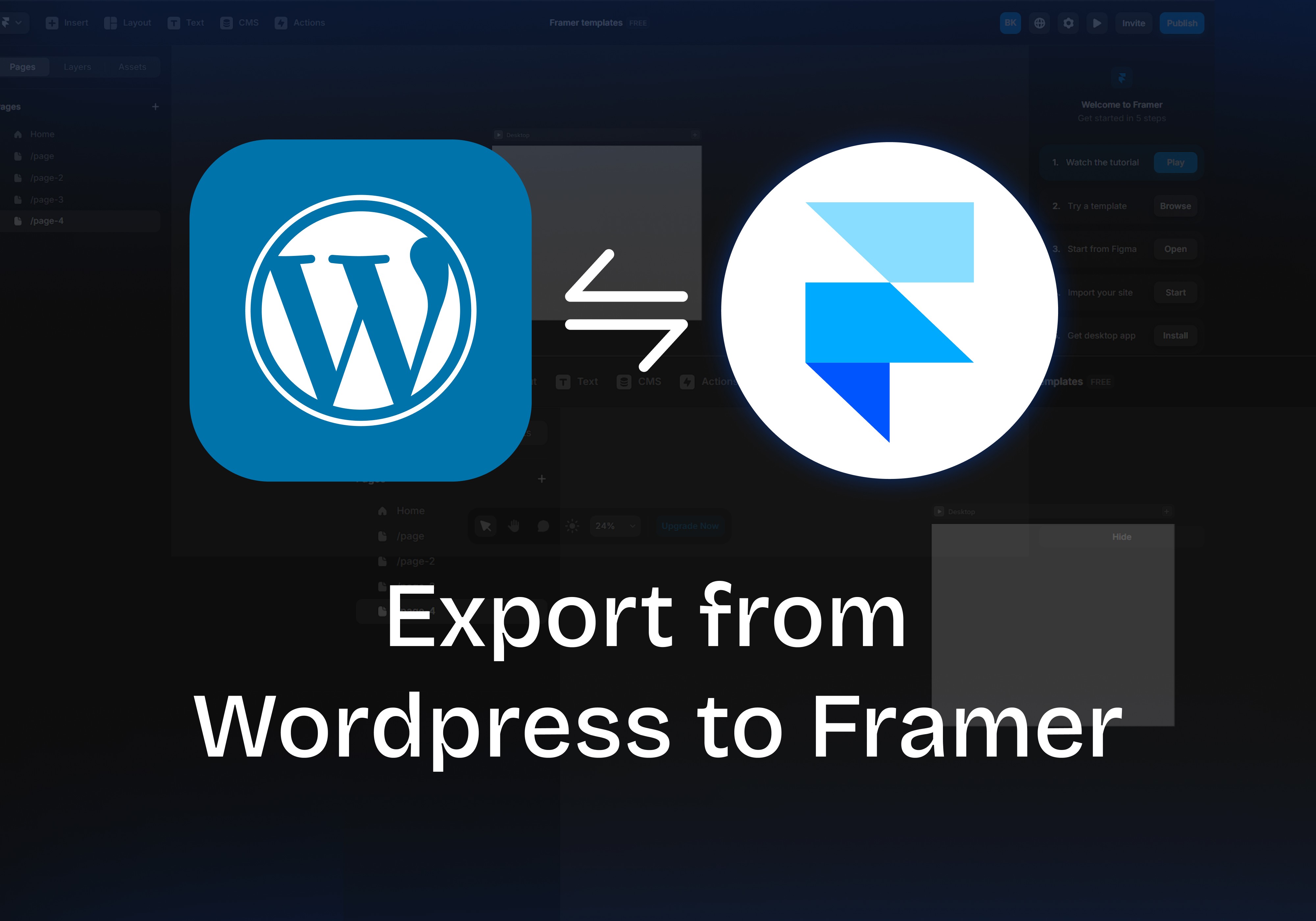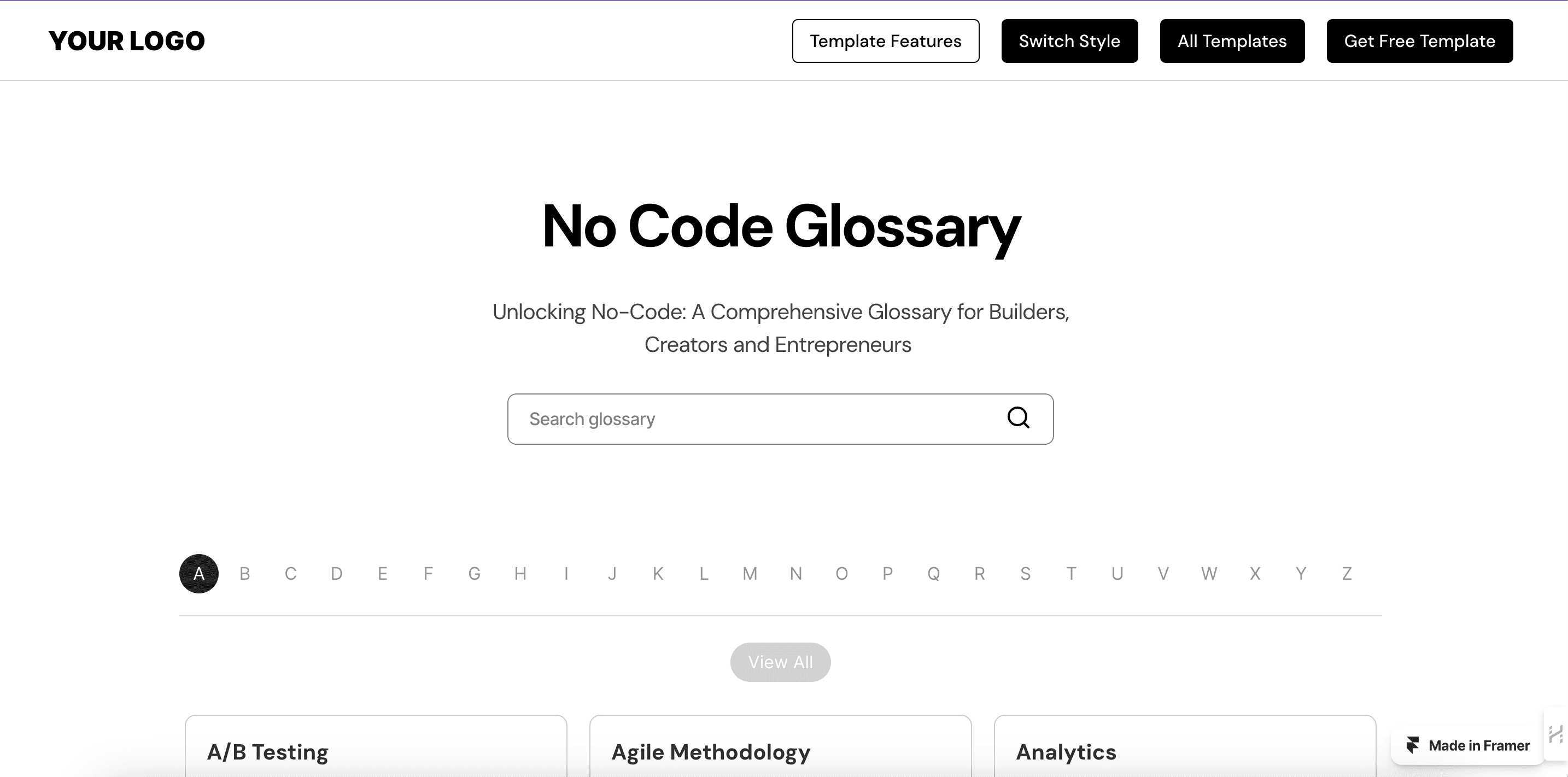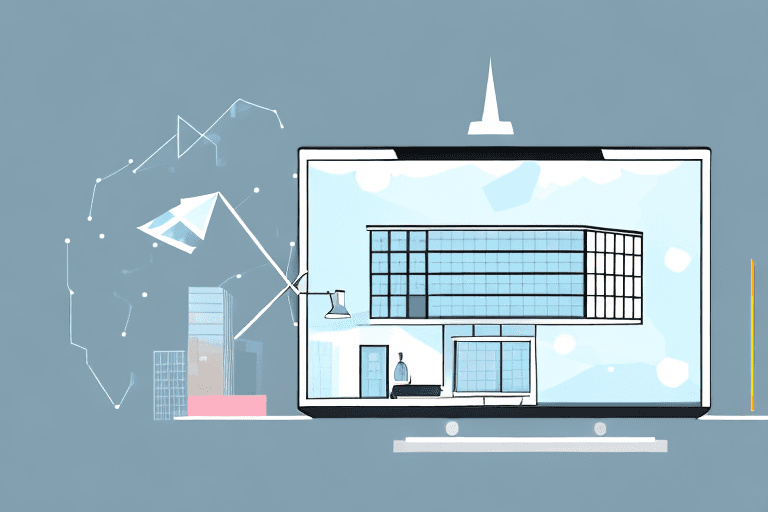Framer is a game-changer for startups, marketing teams, and design agencies looking to create sleek, high-performance websites without coding. With its no-code approach, it promises speed, flexibility, and creative freedom.
However, challenges for non-tech teams using Framer can arise—from understanding the Framer interface to handling marketing tool integrations and collaborating efficiently.
The good news? These challenges are completely manageable. With the right approach, teams can leverage Framer’s powerful features while avoiding common pitfalls.
Whether you’re struggling with terminology, integrating CRM tools, or ensuring design consistency, this guide provides step-by-step solutions to help you navigate Framer for non-tech users.
1. Getting Comfortable with Framer’s Interface
Framer is built with designers in mind, but for teams without a technical background, the learning curve can be intimidating. Understanding its interface, terminology, and design concepts is crucial to making the most of its capabilities.
(If you're transitioning from another platform, consider Goodspeed's specialised Framer migration services for a smoother learning curve.)
1.1 Initial Learning Curve
Some non-technical users find Framer overwhelming at first, as it follows a design-first workflow rather than a traditional drag-and-drop builder.
Solution:
Start with Framer’s Beginner Mode, which simplifies the interface and hides complex settings until you're ready to use them.
Use guided templates to get hands-on experience without needing to design from scratch.
Encourage short practice sessions where your team can explore basic features, such as adding components and adjusting layouts.
Explore Guide to Choosing the Right Framer Template for Your Startup for beginner-friendly templates that help teams get started quickly.
1.2 Terminology & Design Concepts
Framer relies on frames, components, and layers, which may be unfamiliar to teams accustomed to simpler website builders.
Solution:
Create a quick-reference glossary for your team to clarify common design terms.
Stick to pre-built layouts initially to minimise manual design work while learning Framer’s structure.
Stick to professionally designed Framer templates initially to minimise manual design work and reduce complexity
2. Integrating Marketing Tools & Plugins
For marketing teams, Framer’s no-code structure offers creative freedom, but integrating essential tools—like lead capture forms, CRM connections, and tracking codes—can feel challenging without developer support.
2.1 Email Capture & CRM Connections
Many non-tech teams struggle with embedding lead capture forms and syncing them to CRMs like HubSpot or Mailchimp. Without coding knowledge, they often worry about form functionality, data collection, and automation.
Solution:
Follow these step-by-step instructions to embed forms and integrate CRMs with Framer:
Use Framer’s Built-in Forms:
Navigate to the Components panel and select the Form block.
Customise the form fields based on your data collection needs.
Ensure the form design matches your brand’s style guide.
Connect the Form to Your CRM:
Click on the Submit Action panel and choose Webhook integration.
Retrieve the endpoint URL from your CRM (e.g., HubSpot, Mailchimp).
Paste the URL into Framer’s form settings to enable automated lead capture.
Test and Verify the Connection:
Submit a test form entry to confirm that lead data is correctly transferred.
Check your CRM dashboard to verify that the contact appears in the database.
For more advanced integrations, refer to Framer’s help guide on form submissions and explore community plugins that simplify CRM connections.
Read How to Ensure SEO Best Practices When Using Framer Templates to learn how to optimise forms for better conversions.
2.2 Analytics & Tracking Codes
Placing tracking scripts in the right locations is crucial for collecting accurate data on user behaviour.
Solution:
Use Framer’s code embed feature to add tracking codes like Google Analytics or Facebook Pixel without modifying the site structure.
Confirm that scripts are placed correctly in the header/footer to ensure proper functionality.
Studies show that 53% of mobile users abandon sites that take longer than three seconds to load. Ensuring tracking scripts don’t slow down site performance is crucial for retaining visitors.
3. Collaborative Roadblocks in Team Environments
Framer’s real-time collaboration features make it easy for teams to work together, but challenges for non-tech teams using Framer often arise in version control, workflow organisation, and design consistency. Without a structured approach, multiple contributors can unintentionally overwrite changes or disrupt the design flow.
3.1 Version Control & Workflows
While Framer provides a built-in version history, it differs from traditional CMS platforms, which allow full rollback to previous versions. Non-tech teams may find it challenging to track edits across multiple contributors or recover past versions efficiently.
Solution:
Access Framer’s Version History Panel
Framer automatically saves versions every 5 minutes for the first 4 hours, then hourly for 24 hours, and daily afterward.
Navigate to File → Version History or use the shortcut ⇧⌘H (Mac) / Ctrl+Shift+H (Windows) to open the version history panel.
Restore Previous Elements Without Overwriting the Entire Project
Unlike CMS platforms that allow full-site rollbacks, Framer lets users copy elements from past versions and paste them into the latest design.
Select layers, sections, or components from an older version and paste them into the current version to revert changes selectively.
Preserve Responsive Layouts & Breakpoints
When restoring elements, Framer automatically detects existing layers and allows users to either replace them or add new versions.
Responsive layouts maintain breakpoints and adjust dynamically if the current project settings differ from the past version.
If working with a large team, maintain duplicate pages or use manual version naming to help track major changes more effectively.
Learn how teams can improve their workflows with Real-Time Collaboration in Framer: Working with Your Marketing Team.
3.2 Design Consistency Across Projects
When multiple team members contribute, inconsistencies in colour schemes, fonts, and layouts can lead to a disjointed brand experience.
Solution:
Create a shared style guide within Framer, setting rules for typography, colour palettes, and component usage.
Use Framer’s reusable components to maintain consistency across pages.
4. Dealing with More Advanced Customisations
Framer’s no-code functionality is powerful, but some custom features—like interactive elements or API integrations—require minor coding knowledge. Framer for non-tech users can be intimidating, but these challenges are manageable with the right approach.
4.1 Adding Custom Code Snippets
Non-coders may hesitate to use Framer’s custom code blocks, fearing they might break the site.
Solution:
Use Framer’s built-in code embedding feature for minor customisations.
Follow best practices: always test changes in a duplicated page before applying them site-wide.
Seek community support—Framer’s official forum and documentation offer step-by-step guidance.
4.2 Handling External API Integrations
Connecting dynamic data feeds (e.g., live pricing, inventory updates) to Framer can seem complex.
Solution:
Check for native Framer integrations before considering third-party options.
Use Zapier or Make to connect external data sources without writing code.
For advanced integrations and API connections, Goodspeed's expert Framer developers can support your non-technical team.
5. Performance & SEO Concerns
A website’s performance directly impacts visibility and conversions. If site speed is a concern, consider our Framer speed optimisation services.
While Framer simplifies web design, challenges for non-tech teams using Framer can still include page speed, mobile responsiveness, and SEO best practices.
5.1 Page Load Speeds
Non-tech users may unknowingly slow down their pages by uploading large images, excessive scripts, or unoptimised elements.
Solution:
Compress images using WebP format, which can reduce file sizes by up to 30% while maintaining quality.
Limit third-party scripts to only essential plugins and features.
For more site speed tips, check out How to Optimise Your Framer Template for Speed and Performance: Tips and Tricks.
5.2 Basic On-Page SEO Setup
Many non-tech teams forget to set up meta descriptions, structured headings, and image alt text, affecting search rankings.
Solution:
Use a Framer SEO checklist:
Ensure each page has a unique meta title and description.
Structure headings properly (H1 for main titles, H2-H3 for subtopics).
Add alt text to all images for accessibility and SEO benefits.
75% of users never scroll past the first page of search results, making SEO setup crucial for visibility.
6. Post-Launch Maintenance & Updates
Launching a website is just the beginning. Framer for non-tech users offers a simplified editing experience, but maintaining a site effectively requires regular updates, performance monitoring, and user feedback integration. Without a structured maintenance plan, sites can quickly become outdated or underperform in search rankings.
6.1 Keeping Content Fresh
Many non-tech teams forget to regularly update site content, leading to outdated information and declining engagement.
Solution:
Set up monthly or quarterly content review cycles to refresh blog posts, landing pages, and product descriptions.
Use Framer’s built-in CMS to make quick edits without needing technical expertise.
Learn how to streamline content management in our guide on Framer’s CMS Features: How to Manage Content Without a Developer.
6.2 Handling User Feedback & Iterations
Without a clear system for managing feedback, teams struggle to implement necessary updates efficiently.
Solution:
Assign a dedicated team member to track feedback and prioritise site updates.
Use Framer’s collaborative editing features to quickly implement design or content changes.
Our team at Goodspeed also leverages Framer’s collaborative features to deliver the best experience to our clients. The CEO of an AI Education Platform had this to say about our work: “I was impressed by how quickly Goodspeed operated and how receptive they were to feedback."
While challenges for non-tech teams using Framer may seem daunting at first, they are entirely manageable with the right approach. By familiarising your team with Framer’s interface, streamlining collaboration workflows, and ensuring proper performance and SEO optimisation, non-technical users can confidently build and maintain professional websites without developer support.
Framer’s no-code capabilities empower startups, marketing teams, and agencies to take full control of their digital presence. Whether it's integrating marketing tools, improving site speed, or implementing custom design elements, a structured, step-by-step strategy ensures a smooth experience.
With the right resources, ongoing learning, and a clear maintenance plan, Framer for non-tech users can be a powerful tool if you’re looking to scale your online presence effortlessly.
Need more help overcoming Framer challenges? Get the expert Framer guidance you need- just book a free consultation.




